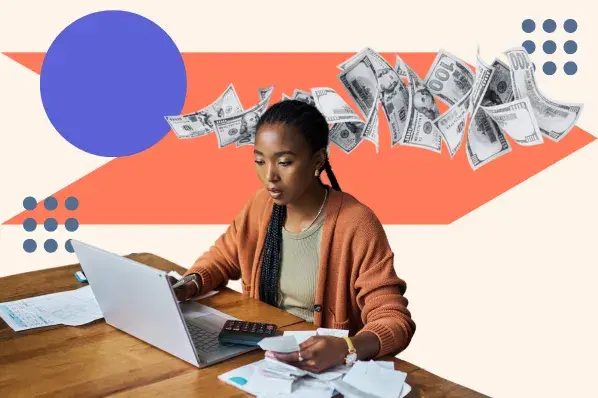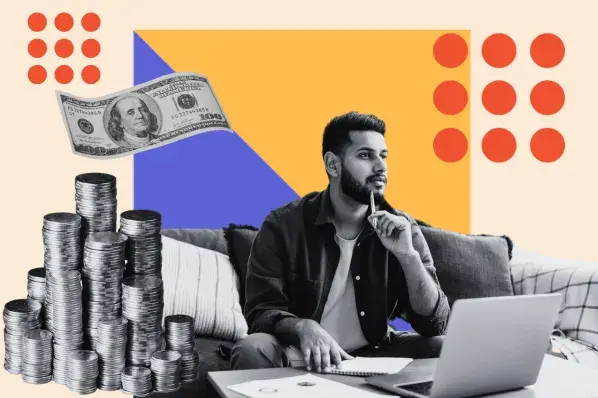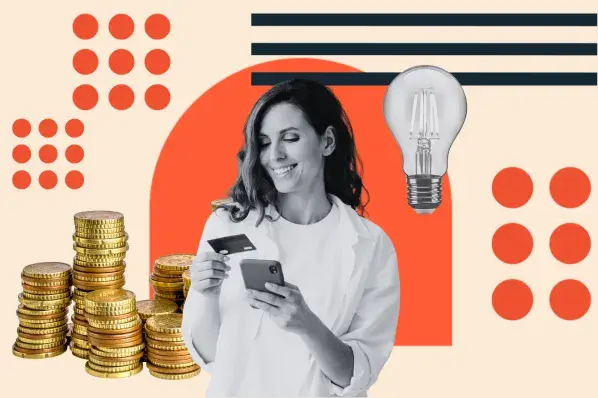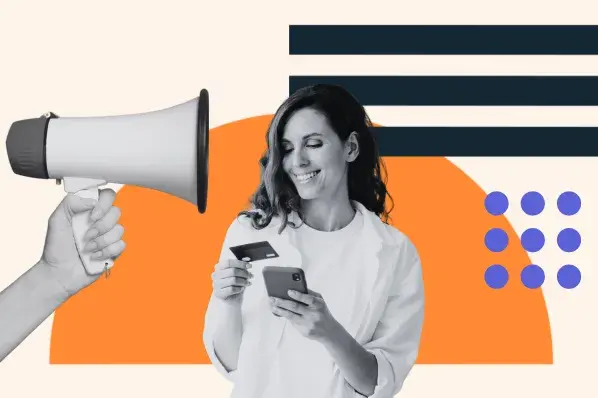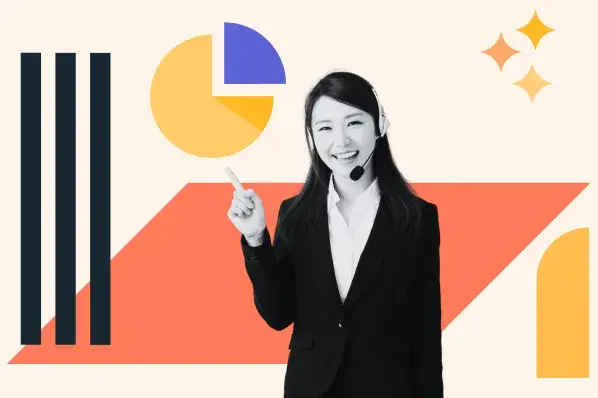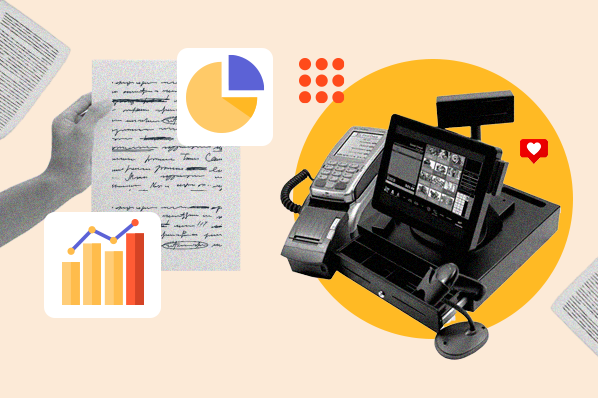Table of Contents
- What's the difference between customer and consumer?
- Overview of Customer and Consumer Types
- Customer vs. Consumer Support
- Customer vs. Consumer Examples
Overview of Customer and Consumer Types
Here’s a quick overview of what a customer is, what a consumer is, and the different types of customers and consumers your business can have.
Who are customers in business?
A customer is anyone, individual or business, who purchases a product or service. Unlike a consumer, who is specifically the end user of the product or service, a customer may or may not use the product directly. For example, if I walk into my favorite bookstore to buy a novel, I am a customer. However, whether I read the novel or wrap it up and send it to a friend as a gift, my status as that bookstore’s customer doesn’t change.
Customers are a critical part of any business, as they’re the primary source of revenue. Various factors influence their purchasing decisions, including price, quality, brand reputation, and customer service.
There are different kinds of customers, each with different buying behaviors and motivations. Understanding these customer categories is key to building marketing strategies and services to meet their specific needs.
New Customers
If I walk into a coffee shop I’ve never visited before to try a new coffee blend, I’m a new customer. New customers are those who are engaging with your business for the first time. They’re often curious but may not yet be loyal, and the first impression they get is the main factor that influences their decision to buy from you.
Repeat Customers
Say I love the coffee blend I tried at this new coffee shop, so I go there the following day to get another cup of coffee and get some work done. I’ve now graduated from a new customer to a repeat customer.
Repeat customers are those who have bought from you before and returned because they were satisfied with their previous experience. These customers are valuable because acquiring a new customer is generally more expensive than retaining an existing one.
Loyal Customers
If I love the drinks I’m buying at this new coffee shop and go there every day for coffee for a whole year, I’m what is known as a loyal customer. Loyal customers are those who frequently buy from your business and have developed a strong connection with your brand. They’re more likely to recommend your products or services to others and stay with you despite competitive offers.
A good example of a loyal customer is a tech enthusiast who always buys the latest iPhone from Apple, even when other smartphone options are available.
Discount Customers
If you only shop during Black Friday sales to get the best prices on electronics or clothes or courses, you’re a discount customer. These customers are primarily motivated by lower prices, discounts, and promotions. They’re not necessarily loyal and may switch to another brand if they find a better deal elsewhere.
Trade Customers
These customers are businesses or professionals who buy products for resale or for use in their own production process. An example is a retailer who buys wholesale fashion accessories from a manufacturer to sell in their store.
Trade customers often buy in larger quantities and may expect trade discounts or special pricing.
Needs-Based Customers
Have you ever walked into a store knowing what you were looking for and left once you made your purchase? You qualify as a needs-based customer. These customers come to a business with a specific product or service in mind and focus on getting exactly what they need as quickly as possible.
Seasonal Customers
Like almost everyone who celebrates, I only buy Christmas decorations during the Christmas season. That makes me a seasonal customer. These customers only buy at specific times of the year, typically during holiday seasons, special events, or based on particular needs (e.g., school supplies at the start of the school year).
Final Customers (End Users)
Final customers are individuals who buy products or services for their own personal use, as opposed to resale. They typically make purchasing decisions based on their own needs or preferences. An example is someone buying a laptop for himself rather than for a cafe he plans on opening.
Who are consumers in business?
A consumer is anyone who uses a product or service, whether personally or for business purposes. Consumers are the end users in the supply chain, which means they use products to satisfy their own needs or desires. In economics, the collective behavior of consumers drives market trends, production decisions, and business pricing strategies.
Just like customers, there are different categories of consumers, including:
Discrete Consumers
I bought a washing machine when I moved into my new apartment last year. It’s been almost a year, and I haven’t had cause to buy a new one. In this instance, I’m a discrete consumer.
Discrete consumers make infrequent or one-time purchases, often for durable or long-lasting items. They don’t buy these items regularly because they don’t need to replace them often.
Inferior Goods Consumers
Our recent survey revealed that 53% of U.S. adults feel that we’re in a recession, so they’re more careful about how they spend their money. It’s safe to say that many people are currently buying inferior goods to maintain their financial health.
Inferior goods don’t mean “bad” goods; they’re simply products whose demand increases when consumers’ incomes (or spending power) decrease. Consumers who buy inferior goods do so because they have a lower budget and shift to these goods when they cannot afford more expensive alternatives.
A good example of this is someone switching from branded cereal to a generic store-brand cereal during an economic downturn or when she loses her job.
Normal Goods Consumers
Normal goods are products whose demand increases when consumer income increases — and decreases when income decreases. Consumers who buy normal goods usually do so based on their financial buoyancy.
For instance, if you’re the type of person who regularly buys branded clothing but only when you have a stable or increasing income, you’re a normal goods consumer.
Connected Consumers
According to our recent survey, consumers spent over five hours on mobile apps every day last year. They’re projected to spend even more time on these apps this year and in the future, researching and making purchasing decisions.
These are known as connected consumers, and they rely heavily on technology and online shopping. They often research products, compare prices, read reviews, and shop through ecommerce platforms like Amazon, Etsy, and Udemy.
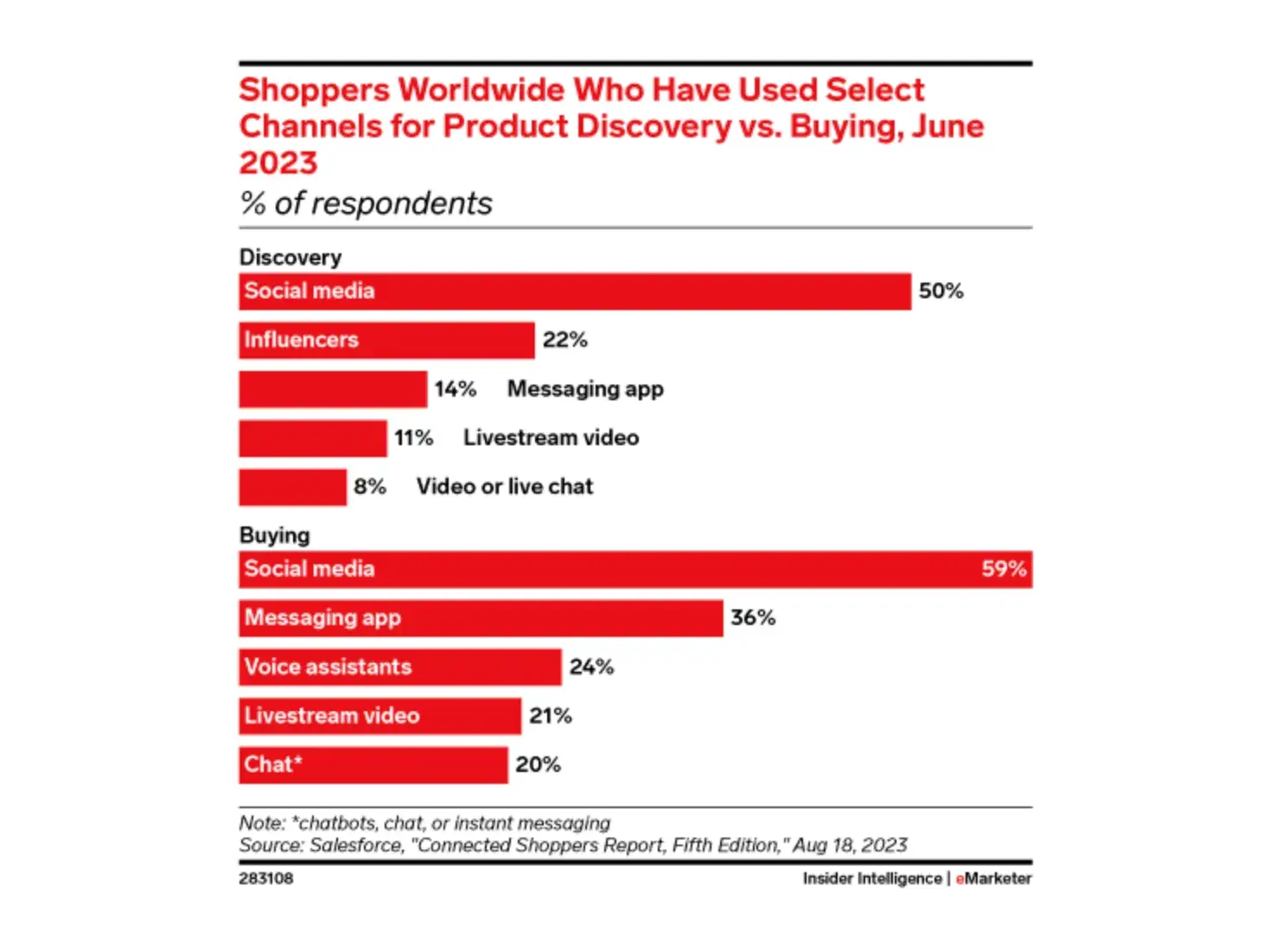
Commercial Consumers (B2B)
Commercial consumers, often businesses or organizations, purchase goods or services for their operations or production processes. An example is a restaurant buying kitchen equipment and ingredients in bulk from a supplier or a company purchasing office supplies for daily operations.
These consumers focus on efficiency, cost-effectiveness, and long-term relationships with suppliers.
Ethical Consumers
These consumers make buying decisions based on ethical concerns, such as fair trade practices, animal rights, or labor conditions. They support brands that align with their values and avoid those they perceive as unethical. For example, 50% of U.S. adults say they want to support brands committed to diversity and inclusion, as well as small businesses that share their values.
If you’d like to get more insights into how consumers operate in this technological climate, especially with the rise of artificial intelligence, check out our 2024 Consumer Trends Report.
What's the difference between customer and consumer?
A customer always purchases a product or service but might not be the end user. A consumer is always the end user of a product or service but might not have purchased it. A customer becomes a consumer if they make a purchase and use the product or service themselves.
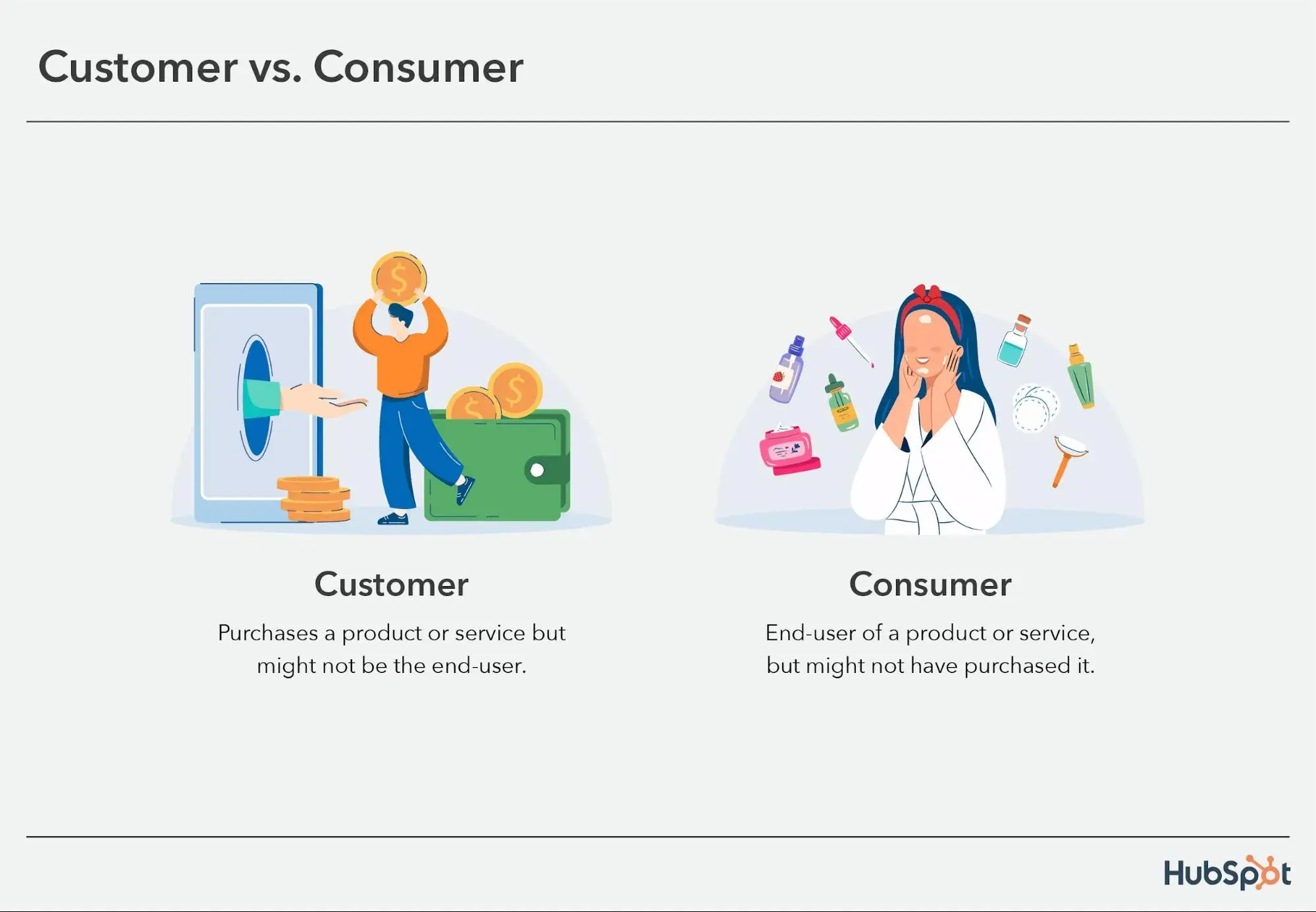
Customers can give consumers a product as a gift, resell it in original form or as something new, or designate a product or service for use by a specific group of consumers. For example, a library purchases computers (customer) for library patrons to use (consumers).
The point at which a customer can become a consumer can be challenging to follow, so let’s go over an example. If I buy a pair of shoes for myself from a retail store, I’m the customer and the consumer since I’m not buying them to resell or use in a business operation but rather for my own personal use. However, if I buy a pair of shoes as a gift for my friend, I’m still the customer, but I’m not the consumer. My friend is the consumer because she’s the end user of the shoes.
In the same vein, if I’m a shoemaker and I buy 50 pounds of Chrome tanned leather, I’m a customer, but the people who will buy the shoes from me when I eventually make them are the consumers.
Customer vs. Consumer Key Differences
Remembering the difference between a customer and a consumer is based on three key things: who, motivation, and payment.
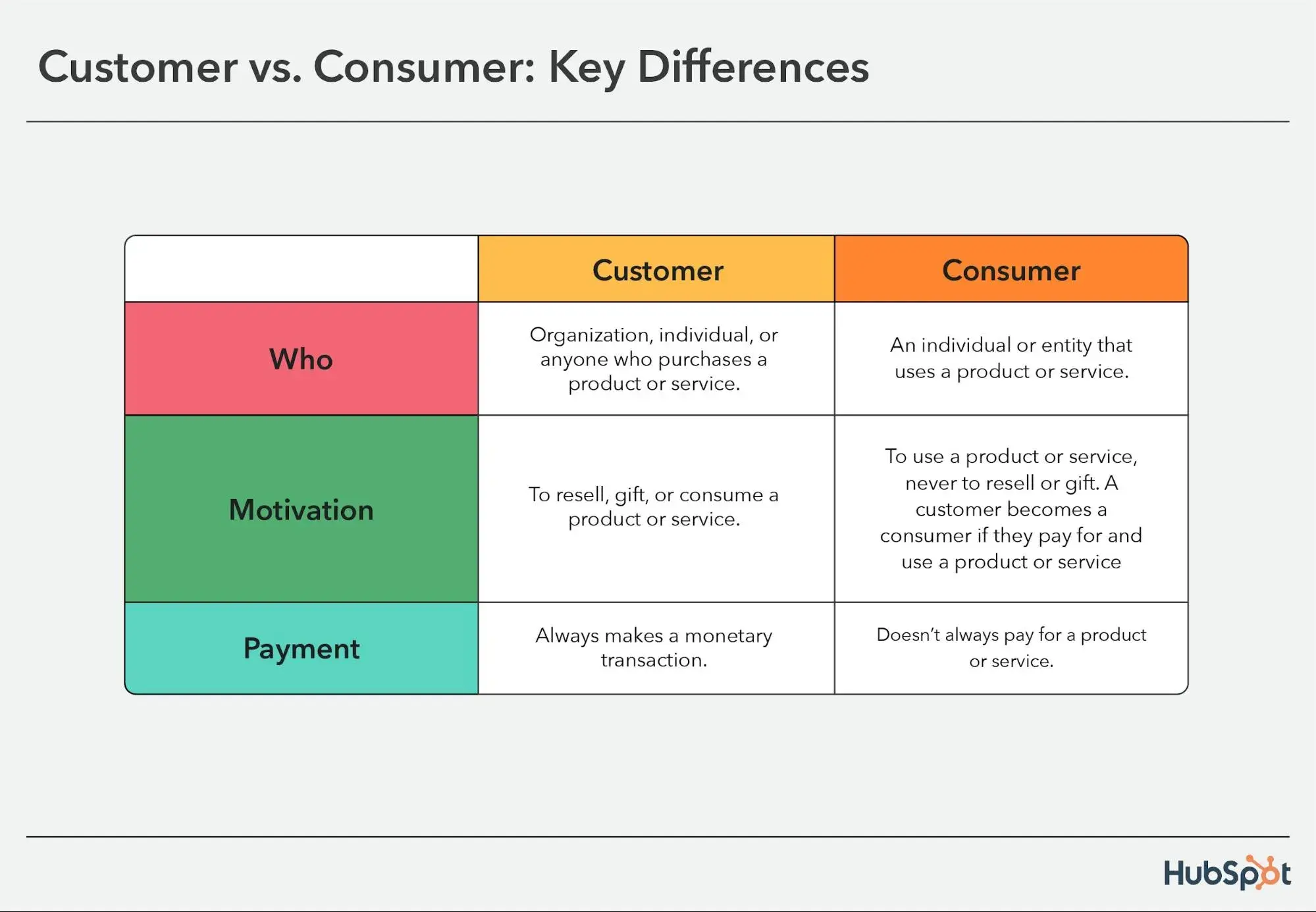
In sum:
- A customer is an organization or individual who purchases a product or service with the motivation to resell, gift, or use it. A customer always makes a payment.
- A consumer is anyone that uses a product or service, but they don’t always pay for it.
Customer vs. Consumer Support
Why does the distinction between customer and consumer matter? Because identifying who you’re selling to will help you provide the correct support for your specific clientele.
All businesses have customers, but not all businesses have consumers.
For example, as mentioned above, a textile wholesaler sells to other businesses (customers) that make clothing from the textiles that are used by consumers. The wholesaler needs customer service for the businesses that buy those textiles, not a support team that answers consumer questions about delivery delays.
A business that has both customers and consumers needs support practices that are specific to both audiences. For example, an enterprise business that buys software for its employees’ day-to-day job activities is both a customer and consumer. The software business may have a customer success manager that deals with the enterprise side of support, like payment issues, and a regular support team that answers employee (consumer) questions about how to use their products.
Customer vs. Consumer Examples
Let’s go over some example scenarios involving customers and consumers.
Customer Examples
- A business that purchases textiles to make clothing to resell is a customer.
- A manufacturing company buys parts to build a car. The manufacturing company is a customer.
- A chef who buys produce at the grocery store to cook at her restaurant is a customer.
- A customer purchases a bed for his dog at a pet store.
Consumer Examples
- A consumer goes to a library to use the free wifi.
- A consumer receives a birthday gift from a friend.
- An employee who uses software at her job to complete day-to-day duties is a consumer.
- Someone who gets a free sample when visiting a store is a consumer.
Customer-to-Consumer Examples
- A customer who buys groceries from the store to cook for himself and his family is also a consumer.
- A customer who buys new furniture for her home is also a consumer.
- A customer who purchases a movie ticket and then watches a movie is also a consumer.
- A customer who purchases software for herself to use at work is also a consumer.
Over to You
Your business likely sells something to someone or some entity, but whoever you sell to might not be the end user. I believe knowing the difference when engaging in customer support is important, as it helps you tailor your support practices to the right audience.
Customer Acquisition

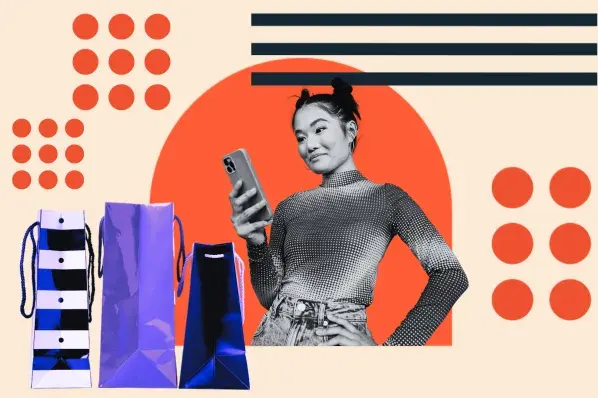
.webp)
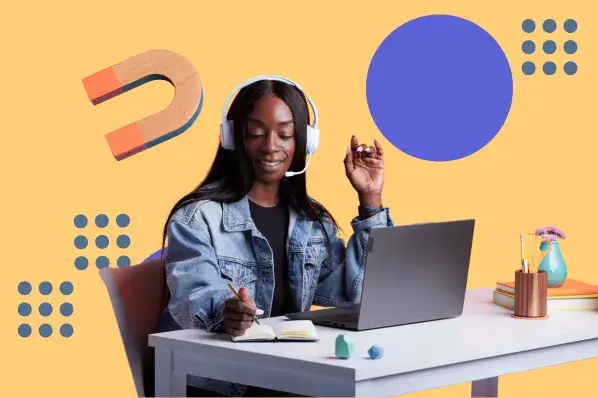
![7 Customer Acquisition Challenges You Might Face This Year [New Data]](https://53.fs1.hubspotusercontent-na1.net/hubfs/53/customer%20acquisition%20%20(1).webp)
